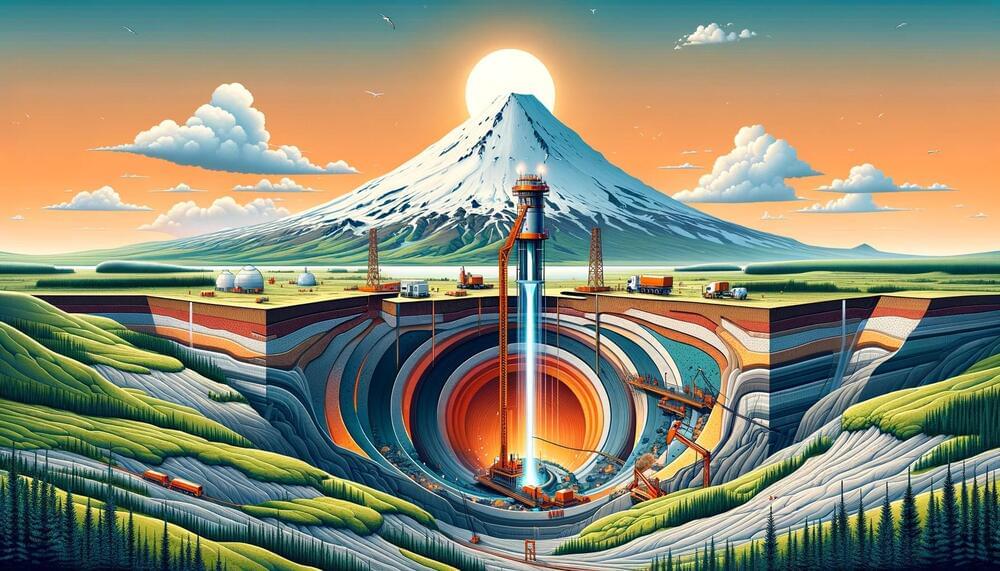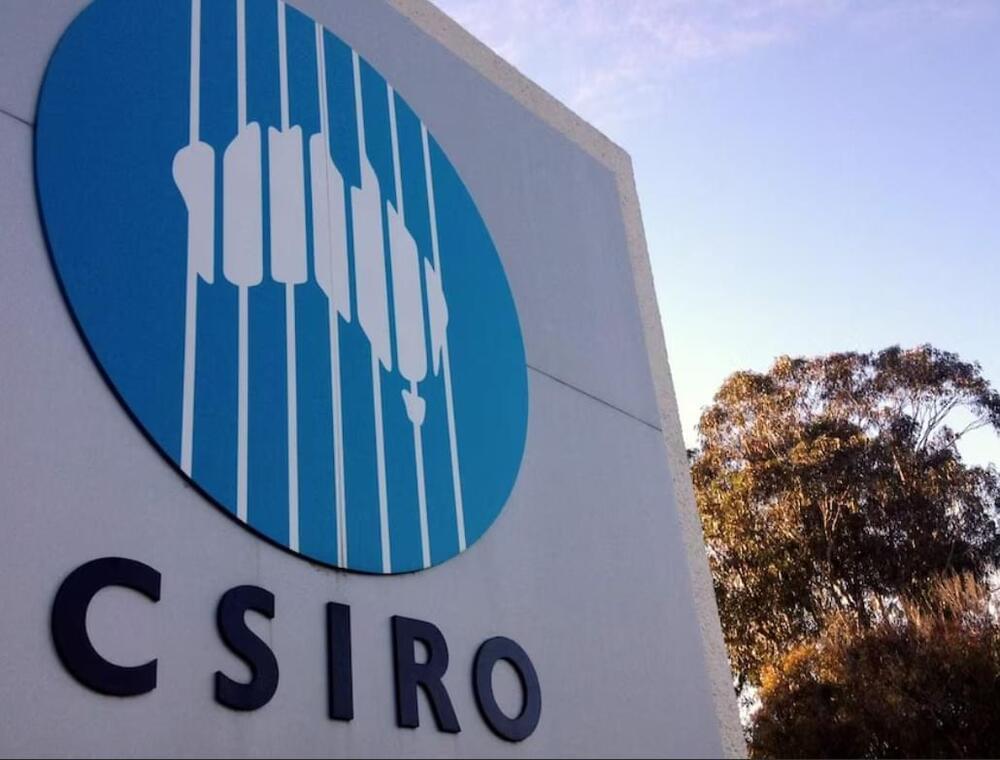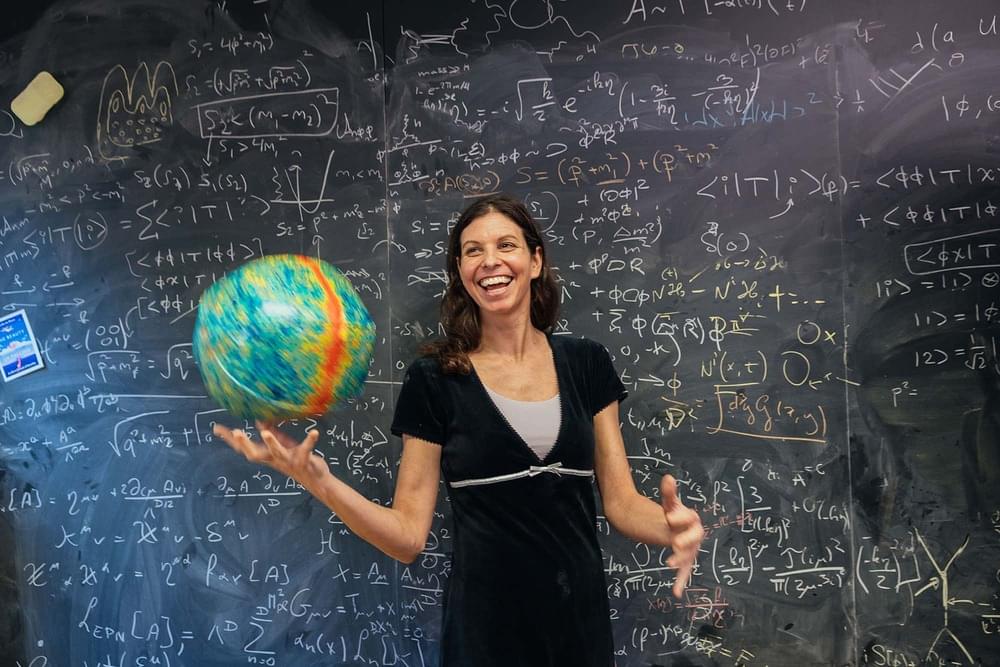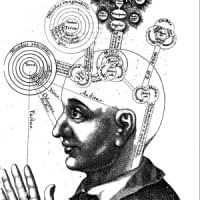An initiative that sounds a lot like Jules Verne’s Journey to the Center of the Earth might mark the first time humans have tapped into magma, the molten rock liquid flowing beneath Earth’s crust. In 2026, Iceland’s Krafla Magma Testbed (KMT) project will drill into a volcano’s magma chamber, seeking to tap into its super-hot fumes to generate geothermal energy at a scale that has never been attempted before.
The endeavor promises to power homes across Iceland with a renewable, limitless energy source. And no, this won’t cause the currently active Krafla volcano to erupt, according to John Eichelberger, a volcanologist at the University of Alaska Fairbanks interviewed by New Scientist.
Geothermal energy, a technology harnessed by Iceland for years, involves drilling into hot underground regions to produce steam from heated water. This steam drives turbines, generating electricity. Today, at least 90% of all homes in Iceland are heated with geothermal energy and 70% of all energy used in the island nation comes from geothermal sources.







